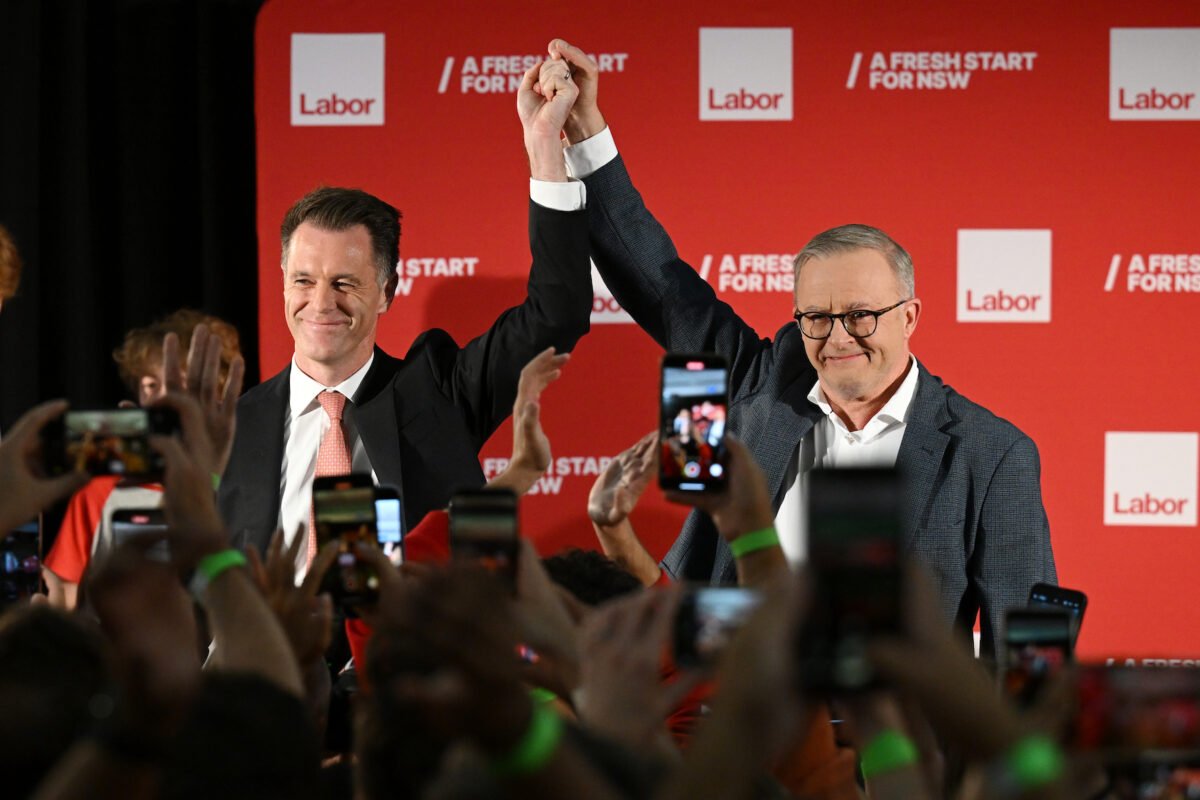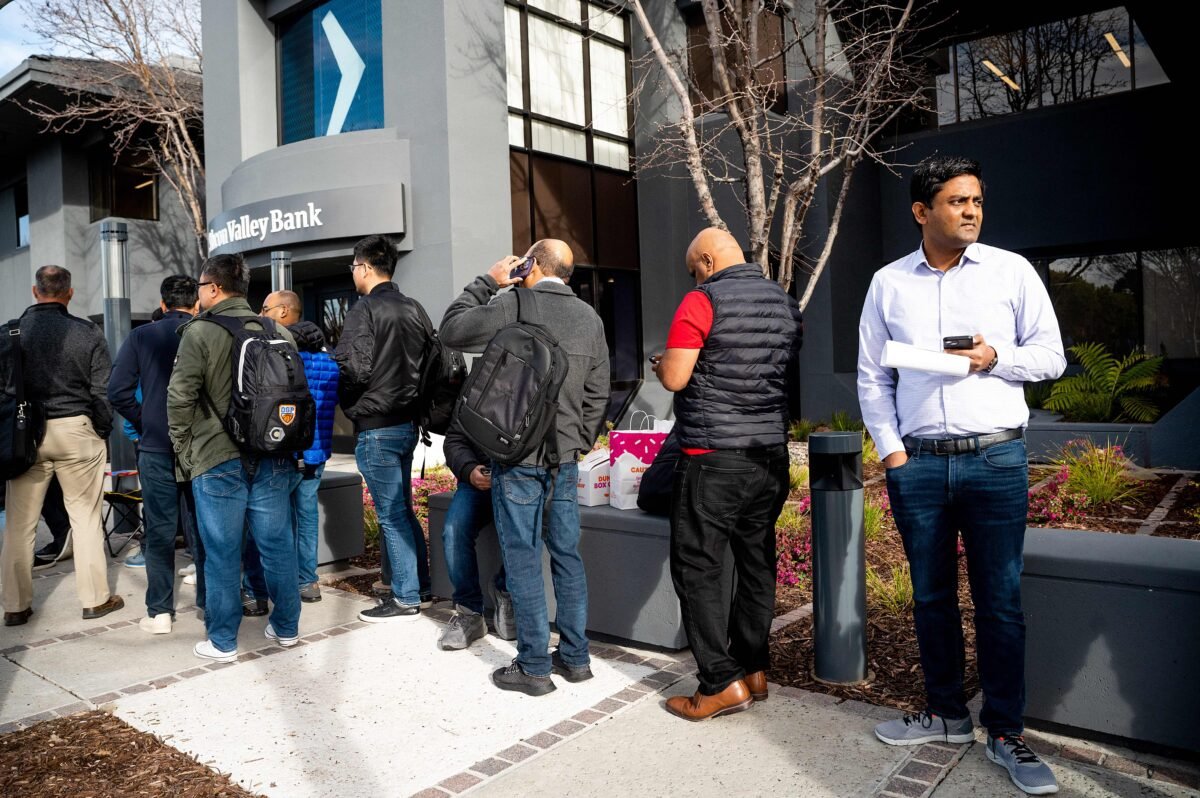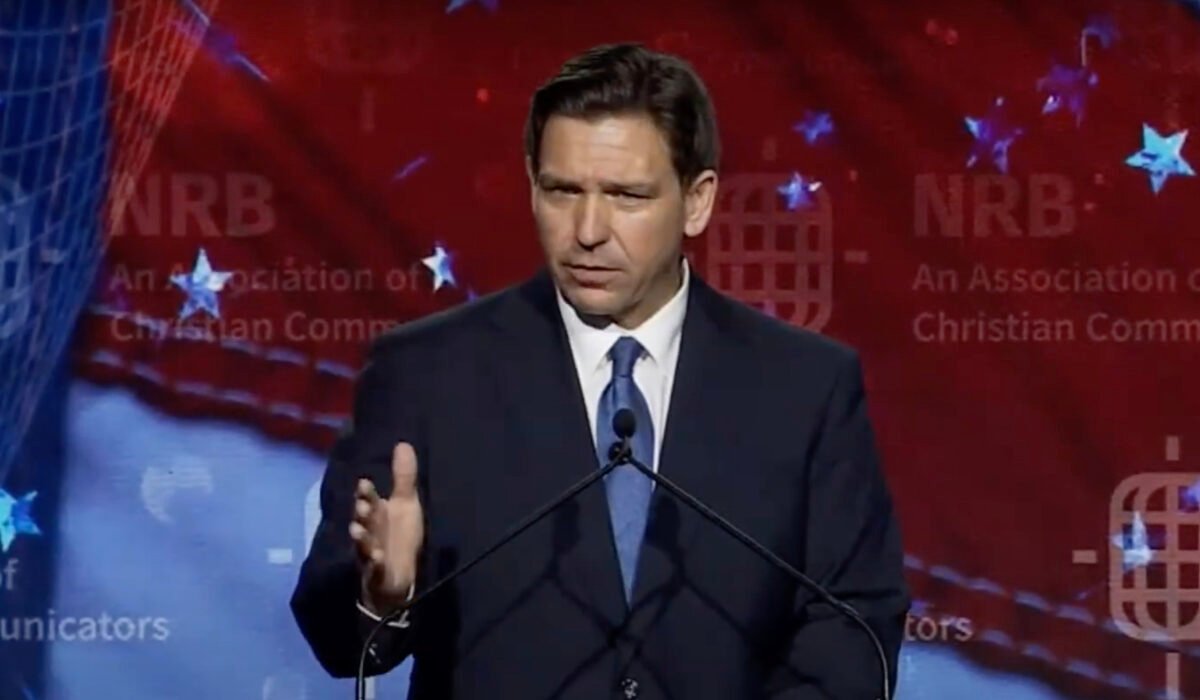NSW Election a Brittle Victory for Labor
Distressed Patriotic Flag Unisex T-Shirt - Celebrate Comfort and Country $11.29 USD Get it here>>

Commentary
The New South Wales (NSW) election involved a decisive shift to the left, but not to the Australian Labor Party (ALP), who appears to have scraped home with perhaps a four-seat majority with 54.3 percent of the two-party preferred vote. This is comfortable but certainly not huge.
The centre-right Liberal-National Coalition lost more ground than Labor gained, losing around 14 seats compared to a gain of 11 (counting hasn’t finished, so it is impossible to be completely accurate).
The two-party preferred (2PP) count is not as relevant in NSW as elsewhere because of its optional preferential system and also the fact that Independents did so well.
This means that the ALP received around 49 seats, or 53 percent of the seats in parliament, close to their 2PP percentage of the vote, but the Liberals win only 32, or 34 percent of the seats in parliament, a long way south of their 2PP 45.8 percent.
The balance is made up of three Greens and nine Independents, many of whom are Labor-inclined.
The Coalition was always going to be in trouble.
This was their fourth election since winning in 2011, and while they transformed the state with massive new infrastructure, they had little to promise going forward.
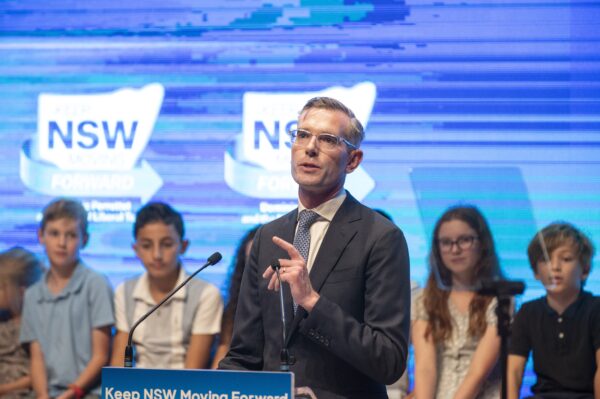
At each of three elections, they have lost votes, losing 15 seats in 2015, six in 2019 (and three during the course of the parliament), and now probably 14—so their decline has been in a straight line.
They’ve had four separate premiers, two of whom have left under a cloud and one of whom departed after winning an election but with declining popularity.
Perrottet and Minns
Dominic Perrottet, the outgoing premier, had been in power for 18 months but had not really established himself.
He entered the role with a reputation for being a big “C” conservative—a Catholic with seven children who spoke the language of economic rationalism while voting against legalised abortion and euthanasia.
Yet he was supported by a deal between the right and moderate (left) factions and attempted to broaden his ideological appeal through actions like flying the Aboriginal flag on the Sydney Harbour Bridge.
His government was also very strong in pressing for net-zero, a policy identified with leading moderate, Treasurer and Environment Minister Matt Kean.
This confused voters on the right.
It may have reassured voters on the left, but they will vote for Labor if they are worried about these issues.
The confusion would have been heightened by Perrottet’s proposed “future fund” for kids—a plan to invest parental and taxpayer funds into a savings scheme that would potentially deliver a $49,000 (US$32,600) lump sum to children on their 18th birthday.
This is not what you would expect from a self-described “libertarian.”
His opponent, and the new premier, Chris Minns, is also a conservative Catholic who voted against voluntary euthanasia.
He lagged behind Perrottet on the measure of the preferred premier, as he was also largely unknown to voters, having held the position of the opposition leader for only 19 months.
Minns was strong on criticising privatisations and blaming them for price rises.
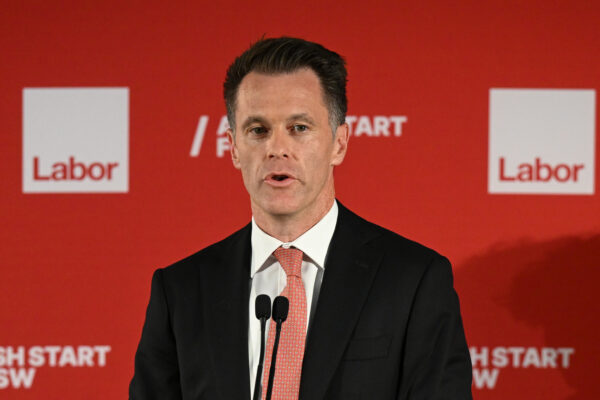
Since the 2011 election, NSW has privatised around $55 billion in government assets and has been recycling them into roads and transport infrastructure.
It seems the cost of living pressures in the economy hurt more than the traffic improvements soothed.
Minns also ran hard on lifting the cap on public service wages and increasing hospital and medical staff as well as firefighters, ambulance officers, police, and teachers.
Housing affordability for both buyers and renters is also at record lows in Sydney, and electors were looking for someone to blame.
Swings Against Liberals
This was an election without a lot of passion, with two parties that looked pretty similar, but one of which had been in for quite a while and was looking too comfortable in power.
This shows in the wide range of swings and the outperformance of the Independents.
One of the most successful independents was Michael Regan, who took the seat of Wakehurst with a 22.7 percent swing against the Liberal party, and it showcases some of the reasons for the Liberals’ failures.
Wakehurst was vacated by the previous member, Brad Hazzard, who was the health minister. The Liberal candidate, Toby Williams, was one of his staff members. Regan is the mayor of the Northern Beaches Council.
So there was a touch of David and Goliath to start with.
Regan ran his campaign on local issues rather than state ones—the sort of issues a council election might be run on.
On the one hand, he opposed development by an Aboriginal Land Council to provide 450 housing lots, while on the other promising to implement “creative solutions to affordable local housing for all.”
He also wanted a $15,000 interest-free loan for all householders to install solar panels, as well as build the first “community solar hub in NSW with community batteries.”
So a mix of soft Green, and NIMBY policies, combined with a popular and adult mayor, saw off a former staffer.
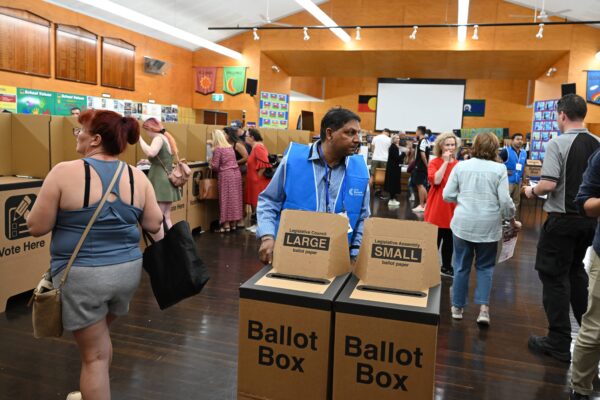
There were similar-sized swings in other areas for different reasons.
In Monaro, the former seat of retired deputy premier John Barilaro, the swing was 15.5 percent.
Pittwater looks likely to move from the Libs to Teals with a swing of 22.4 percent. These were both seats with retirements, albeit Barilaro had been replaced at a recent by-election.
Where Do the Liberals Go From Here?
In general, the Liberals’ worst swings were in the west of Sydney, where they lost seats like Parramatta, and south of Sydney in the Southern Highlands, and also on the south coast.
There will be a debate within the party about whether to go further to the left or to move back to the right. Matt Kean, the architect of the Greenwards lurch, provides some guidance but not much help.
He suffered a nine percent swing, larger than the average, but was returned comfortably.
One Nation, which was targeting Kean on the environment, won just 7.8 percent of the vote, which would have disappointed them.
Does being a Green Liberal cost votes? On this, it is still an open question.
The one party that must have been most disappointed overall is One Nation. They got into double digits in six seats, but none of them had a nine in front of it.
So now it is over to Labor. They have the opportunity to consolidate their win, but they face difficult economic circumstances, promised very little, and face a very irritable electorate, so a mandate will be difficult to navigate.
Former Prime Minister John Howard might be right when he describes this win as “brittle.”
Views expressed in this article are the opinions of the author and do not necessarily reflect the views of The Epoch Times.

